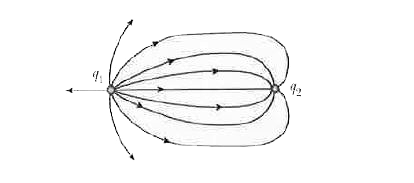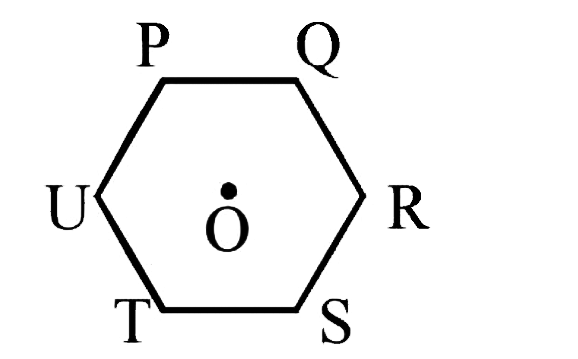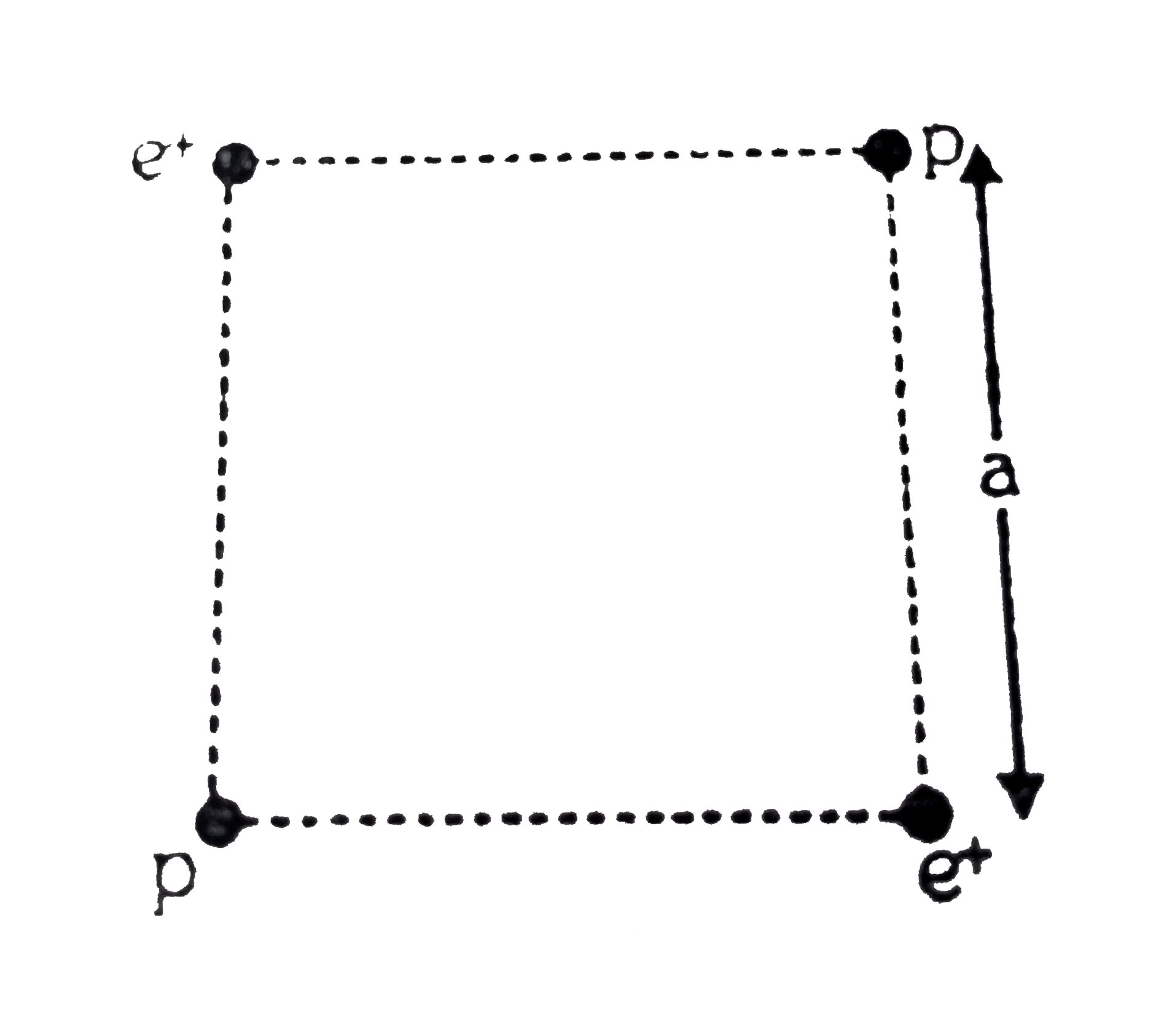The charge on positron is equal to the charge on which one of the following
Proton
Electron
α−particles
Neutron
The correct Answer is:A
To determine the charge on a positron and find which particle it is equal to, we can follow these steps:
1. Understand the Charge of a Positron:
- A positron is the antiparticle of an electron. It has the same mass as an electron but carries a positive charge.
- The charge of a positron is +1e, where e is the elementary charge (approximately 1.6×10−19 coulombs).
2. Examine the Options:
- Option 1: Proton - The charge of a proton is also +1e.
- Option 2: Electron - The charge of an electron is -1e.
- Option 3: Alpha Particle - An alpha particle consists of 2 protons and 2 neutrons, giving it a charge of +2e.
- Option 4: Neutron - A neutron has no charge, so its charge is 0.
3. Compare the Charges:
- Now, we compare the charge of the positron (+1e) with the charges of the other particles:
- Proton: +1e (matches)
- Electron: -1e (does not match)
- Alpha Particle: +2e (does not match)
- Neutron: 0 (does not match)
4. Conclusion:
- The charge on a positron is equal to the charge on a proton.
Final Answer:
The charge on a positron is equal to the charge on a proton.
---
- A positron is the antiparticle of an electron. It has the same mass as an electron but carries a positive charge.
- The charge of a positron is +1e, where e is the elementary charge (approximately 1.6×10−19 coulombs).
- Option 1: Proton - The charge of a proton is also +1e.
- Option 2: Electron - The charge of an electron is -1e.
- Option 3: Alpha Particle - An alpha particle consists of 2 protons and 2 neutrons, giving it a charge of +2e.
- Option 4: Neutron - A neutron has no charge, so its charge is 0.
- Now, we compare the charge of the positron (+1e) with the charges of the other particles:
- Proton: +1e (matches)
- Electron: -1e (does not match)
- Alpha Particle: +2e (does not match)
- Neutron: 0 (does not match)
- The charge on a positron is equal to the charge on a proton.
The charge on a positron is equal to the charge on a proton.
Topper's Solved these Questions
- BOOK - ERRORLESS CHAPTER - NUCLEAR CHEMISTRY EXERCISE - Ordinary Thinking (Causes of radioactivity and Group displacement law)66videos
NUCLEAR CHEMISTRY
- BOOK - ERRORLESS CHAPTER - NUCLEAR CHEMISTRY EXERCISE - Ordinary Thinking (Rate of decay and Half - life)97videos
NUCLEAR CHEMISTRY
- BOOK - ERRORLESS CHAPTER - NITROGEN CONTAINING COMPOUNDS EXERCISE - JEE (ADVANCED) 2018 MORE THAN ONE CHOICE CORRECT ANSWER1videos
NITROGEN CONTAINING COMPOUNDS
- BOOK - ERRORLESS CHAPTER - ORES, MINERALS AND METALLURGICAL EXTRACTIONEXERCISE - JEE ANSWER TPYE QUESTION (JEE Advanced) 2018) Numeric answer type question1videos
ORES, MINERALS AND METALLURGICAL EXTRACTION
Similar Questions
A charge water drop of radius r is in equilibrium in an electric field.If charge on it is equal to charge of an electron,then intensity of electric field will be : Density of water =ρ ,assume gravity......??
View SolutionMid wat between the two equal and similar charfes , we place th third equal and similar charge. Which of the following statements is coarrect , concerned to the equilibrium along , the line jouning the charges ?
View Solution
Knowledge Check
- Question 1 - Select One
The core charge on oxygen is equal to:
A+2eB−2eC−6eD+8e - Question 2 - Select One
Positron has mass equal to
AelectronBα-particleCprotonsDdeutron - Question 3 - Select One
One coulorb is the charge of
A1 mole of electronsB196500 mole of electronsC96500 moles of electronsDnone of these
The following figure shows the electric field lines in the vicinity of two charges. Which one of the following statements concerning this situation is true ?
 View Solution
View SolutionFrom a metallic charged body a current is drawn. The rate of increase of current at an instant is equal to the charge on the body at that instant. If the initial charge on the body is Q
View Solutionsix charges of equal magnitude, 3 poistive and 3 negative are to be placed on PQRSTU corners of a regular hexagon, such that field at the centre is double that of what it would have been if only one +ve charge is placed at R. Which of the following arrangement of charge is posisble for P, Q, R, S, T and U respectively.
 View Solution
View SolutionTwo positrons (e+) and two protons (p) are kept on four corners of a square of side a as shown in figure. The mass of proton is much larger than the mass of positron. Let q denotes the charge on the proton as well as the position then the kinetic energies of one of the positrons and one of the protons respectively after a very long time will be-
 View Solution
View SolutionOne quantum of charge should be at least be equal to the charge in coloumb:
View Solution

